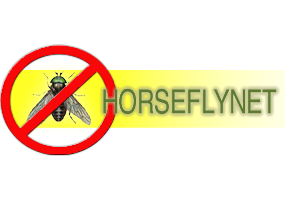Blog
World War 1 Horse It has been estimated that 8 million horses, donkeys and mules died in World War 1. The horse above is carrying a cannon on his back. Will it be fired? ___________________________________ At the end of the Great War an Australian cavalryman in Palestine wrote these sentiments to wards his "waler" (short for the most common breed of Austalian warhorse, the New South [...]
Wow! I just played tourist at the most exceptional equestrian competition facility I have yet to visit. Tryon Internation Equestrian Center in North Carolina. Occasionally big money, vision, and equestian competition experiance comes together. And, for those of us competing, the state of North Carolina and the average tourist this is an example of a win win situation. It is impossible to [...]
The effect of hay net design on rate and amount of forage consumed by adult horses K. Martinson, E. Glunk and W. Weber Description of the problem "Horses have evolved to consume several small forage-based meals throughout the day, often spending greater than 14.5 hours grazing each day. However, many of today's horses are housed in boxstalls or drylots, fed two large meals each day, and [...]
Jennifer La Plume VMD recently shared in her Newsletter this important information which I will post in my barn. After years around horses these number still escape me when I am concerned about a sick horse. HORSE'S VITAL SIGNSThanks to Ragged Mountain Equine Services, Jennifer A. La Plume VMD info@rmequine.com in Virginia.
The following is a short article printed in an April issue of THE WEEK magazine that is worth reprinting for horse owners who suffer with flies. Zebras' fly repellent "Biologists since Darwin have debated this riddle: Why do zebras have stripes? A probable answer is flies don't like stripes. Scientists examined several leading stripe theories that the color contrasts keep [...]
Call Us at (910) 725-2115 or Email Us at info@horseflynet.com
Horse Fly Net
This see-through breathable screen will last for years. It is made of polyester vinyl coated and heat sealed on the edges with brass grommets about every foot. It has no chemicals added. Our HorseFlyNets only cost approximately $2.00 a square foot for smaller sizes and less for larger. Our product is woven and manufactured in the USA.
HorseFlyNet®
Southern Pines, NC
(910) 725-2115
info@horseflynet.com

